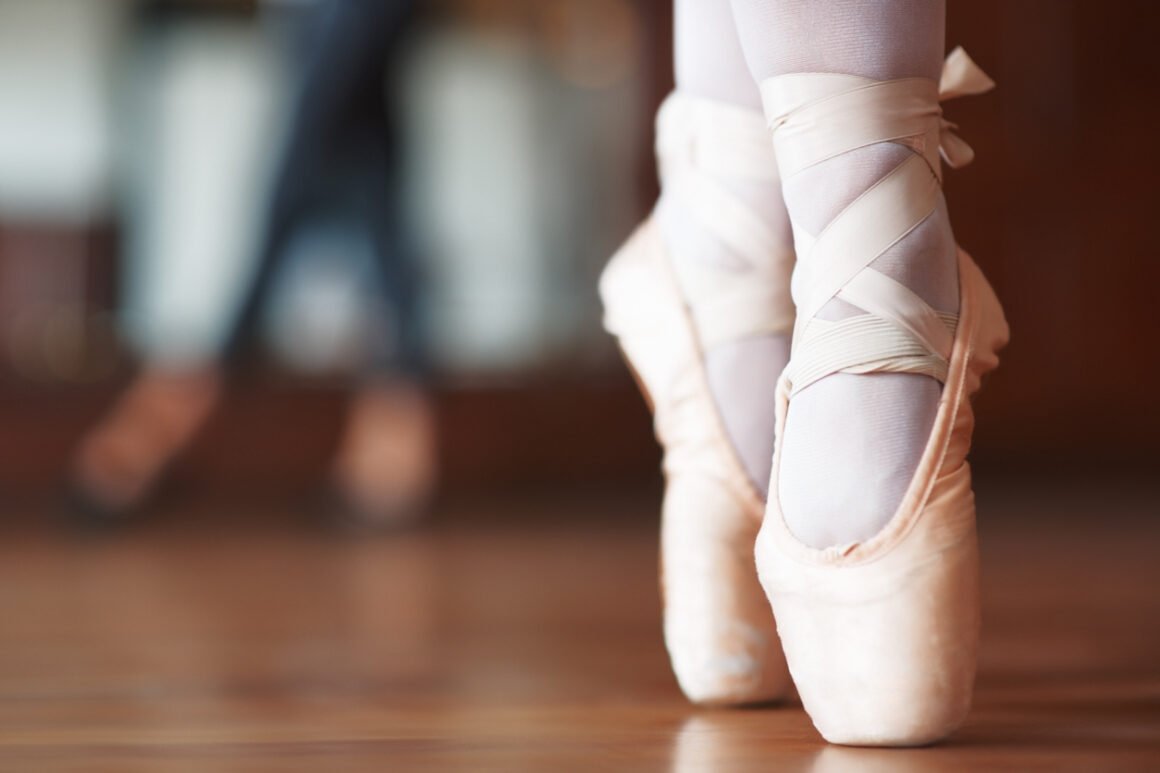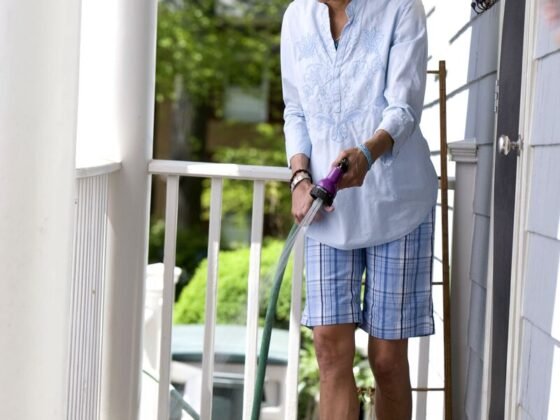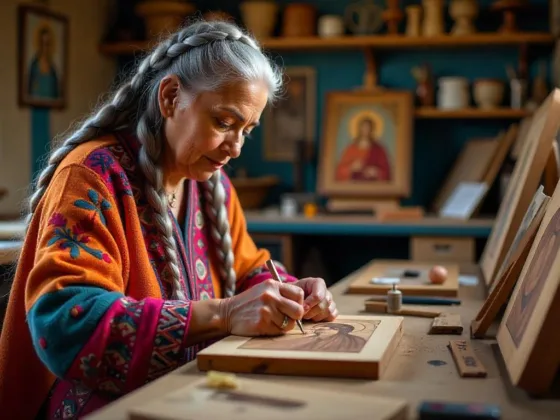New ballet dancers do not start their lessons in pointe shoes. They must grow into this dance style and reach a stage of development for which this highly technical method is safe.
Dancing en pointe is a coveted time in any ballerina’s training. But starting younger does not get dancers into this toe position sooner.

In fact, experts recommend that aspiring ballerinas start their lessons at the right age. At what age should ballet lessons start?
Start Ballet Early
There are many mental and physical advantages to starting any disciplined sport, language, or activity at a young age. In many ways, ballet is as much of a sport, as it is a language and activity.
Young minds more easily pick up the skills associated with this form of dance, when compared to teens and adults. For this reason, many ballet schools start children in pre-ballet classes at age four and allow them to progress to ballet study at age six.
In early childhood, the human body more readily adapts to its use. Ballet encourages children’s bodies to develop long, lean lines and powerful technique.
When kids enter their classes young, they can overcome natural hurdles like issues with being limber enough.
Once puberty strikes, much of this room for physical adaptation and improvement is lost. It also takes years to build up muscles used in ballet, so starting young help.
A ballet dancer’s form looks different when they start in early childhood, as opposed to how a late-starting dancer looks.
Regardless of what age someone starts learning this type of dance, they have to learn the same steps and posture.
It typically takes 12 years to become ready for a dance company or other professional pursuit. So, whatever age one starts is a dozen years from that stage of quality.
This makes starting at about age six ideal. Young girls typically go en pointe at age 11 when they start as six-year-olds. For many, buying pointe shoes at this prepubescent age is a major rite of passage.
Each Child Is Different
Each child is unique in their readiness for ballet. Much of this readiness depends on their personal level of focus and interest. Some must wait a year or more until they are ready to take direction and standstill.
When too young to start ballet, a good starting point is a pre-ballet class. In pre-ballet, students learn the basic positions, movements, posture, coordination, and etiquette as preparation for their next stage at about age six or so.
Starting Ballet Later in Childhood
Starting ballet later in childhood, such as at age 16, puts the older dancer in a class with younger children. As a result, the elder child can feel out-of-place and awkward in movement.
Some new students are placed with their own age group, but this puts them in a position of having to play catch-up.
When most of the other students have trained for years, this is a recipe for disaster. It can erode the new dancer’s confidence and turn them off from the pursuit, altogether.
Starting later in childhood or teen years also requires patience in terms of reshaping and refining the body. Flexibility is a major challenge for those entering dance at a late age.
Teens can adapt and improve extension with diligence. But they must overcome natural barriers to this form. It is a retraining of the body and mind. A dedicated and focused individual can overcome these hurdles of time and develop talent, however.
For many, starting later in life provides an advantage. That is, in terms of personal maturity. In fact, many dancers who start at a later age, such as 15 or 16, keep dancing ballet until later in life. Dancers who start younger tend to burn out at about age 25.










